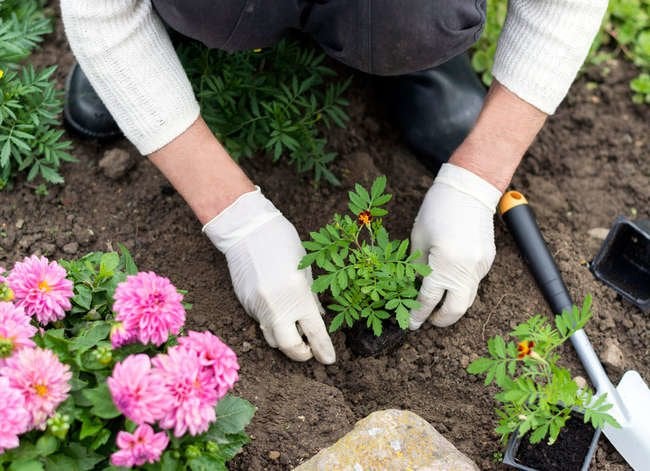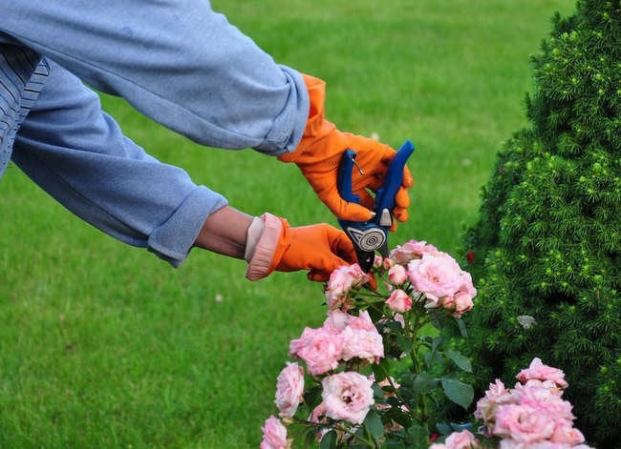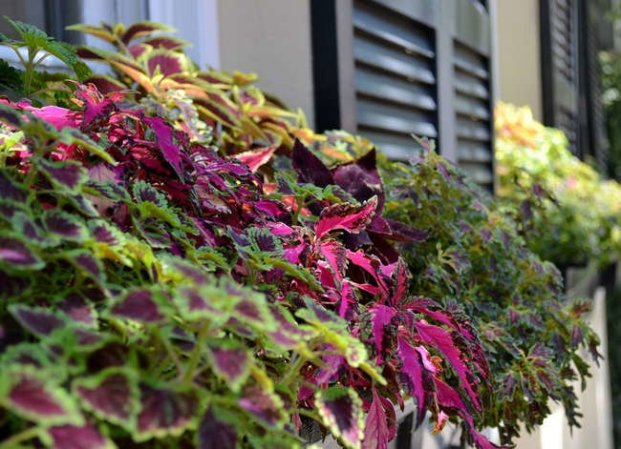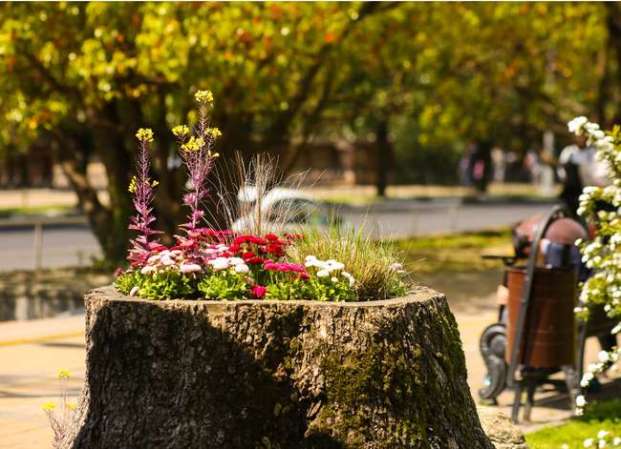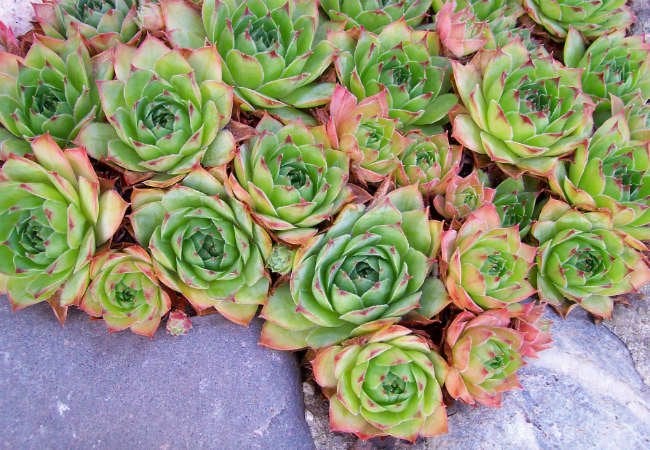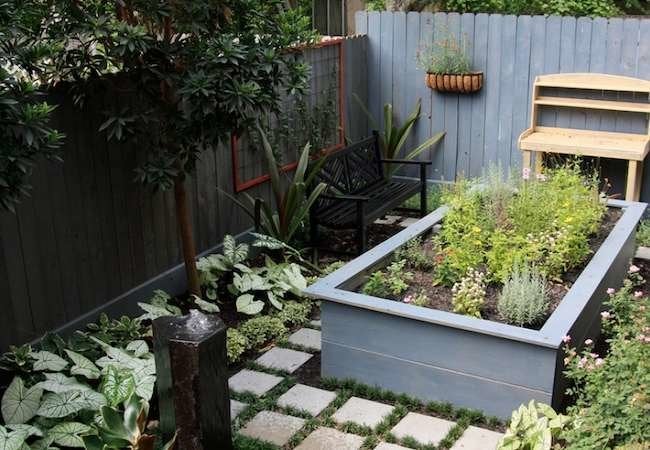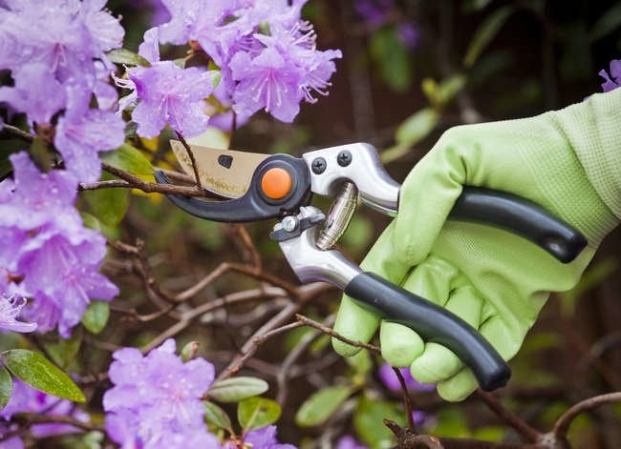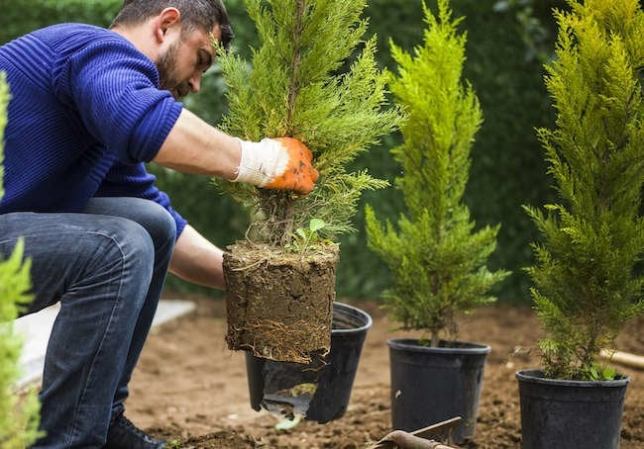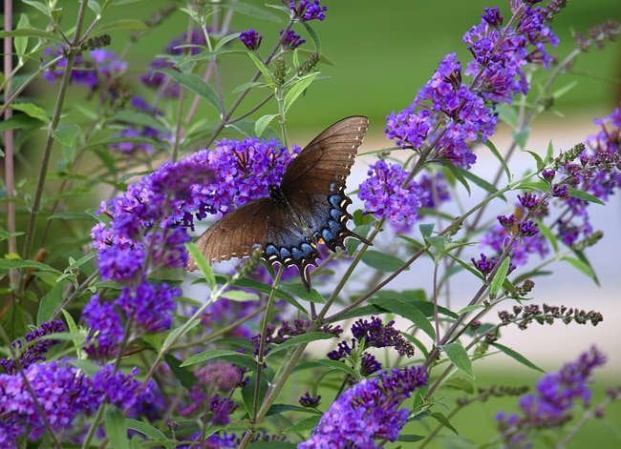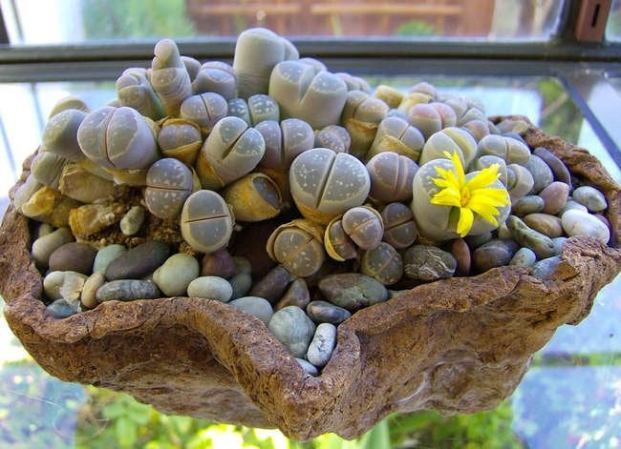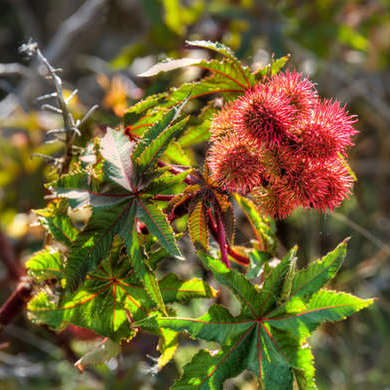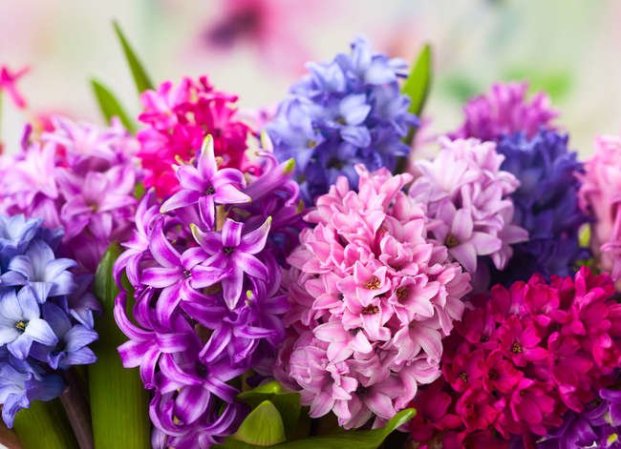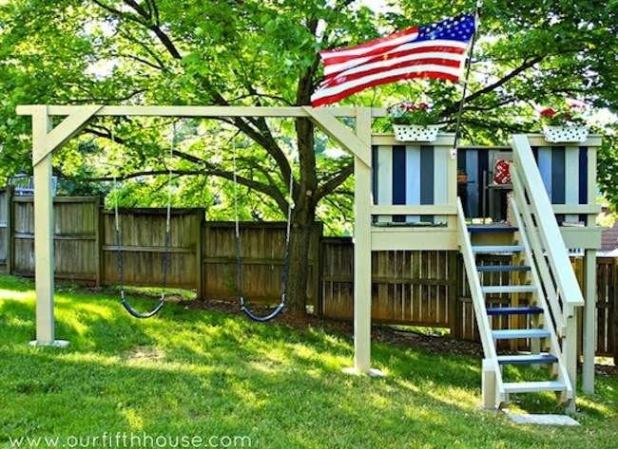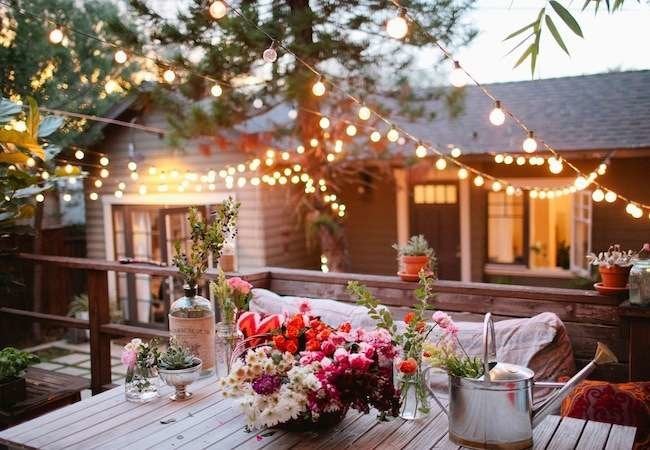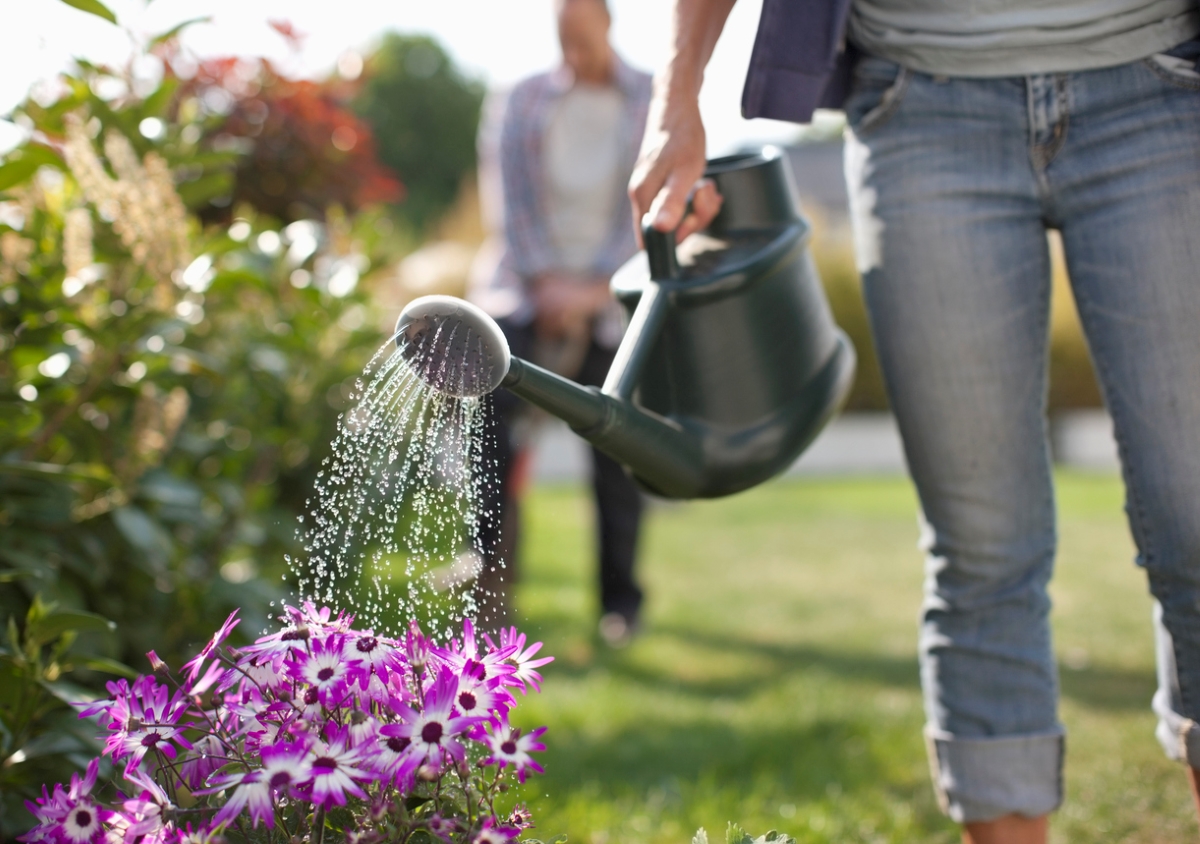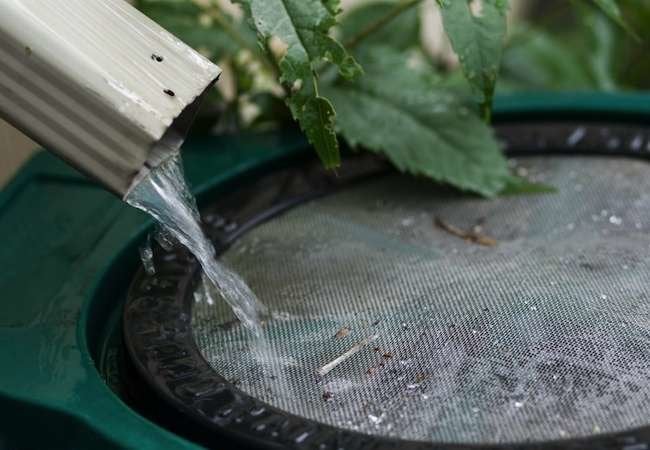We may earn revenue from the products available on this page and participate in affiliate programs. Learn More ›
Save Seeds
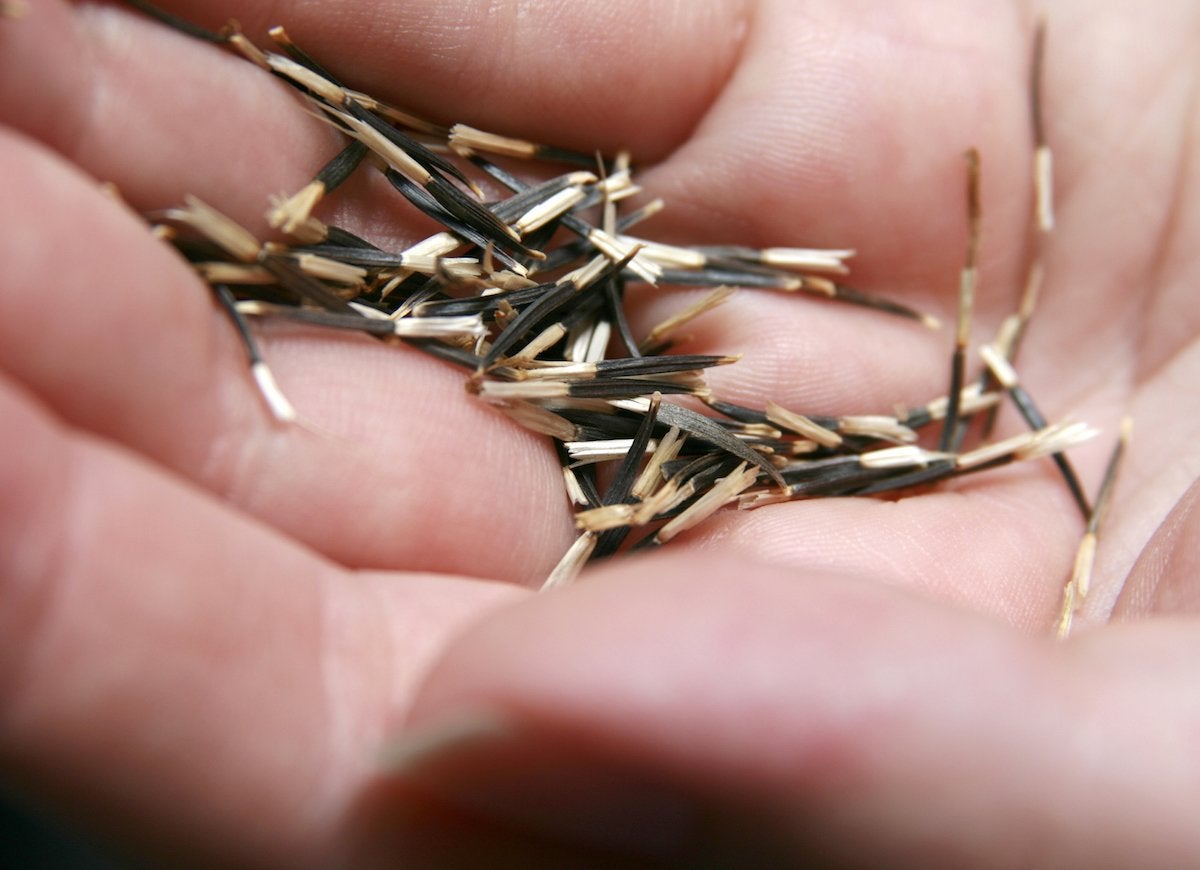
Save seeds from your favorite plants to sow next year. Let the seed pods mature and dry out on the plant before harvesting them. Then, knock the seeds out of the pods and into an envelope labeled with the plant variety and date. Store the seeds in a cool, dry place until next season. You can either start them indoors in pots in late winter, or wait until early spring and plant them directly in your garden beds.
Swap with Friends and Family
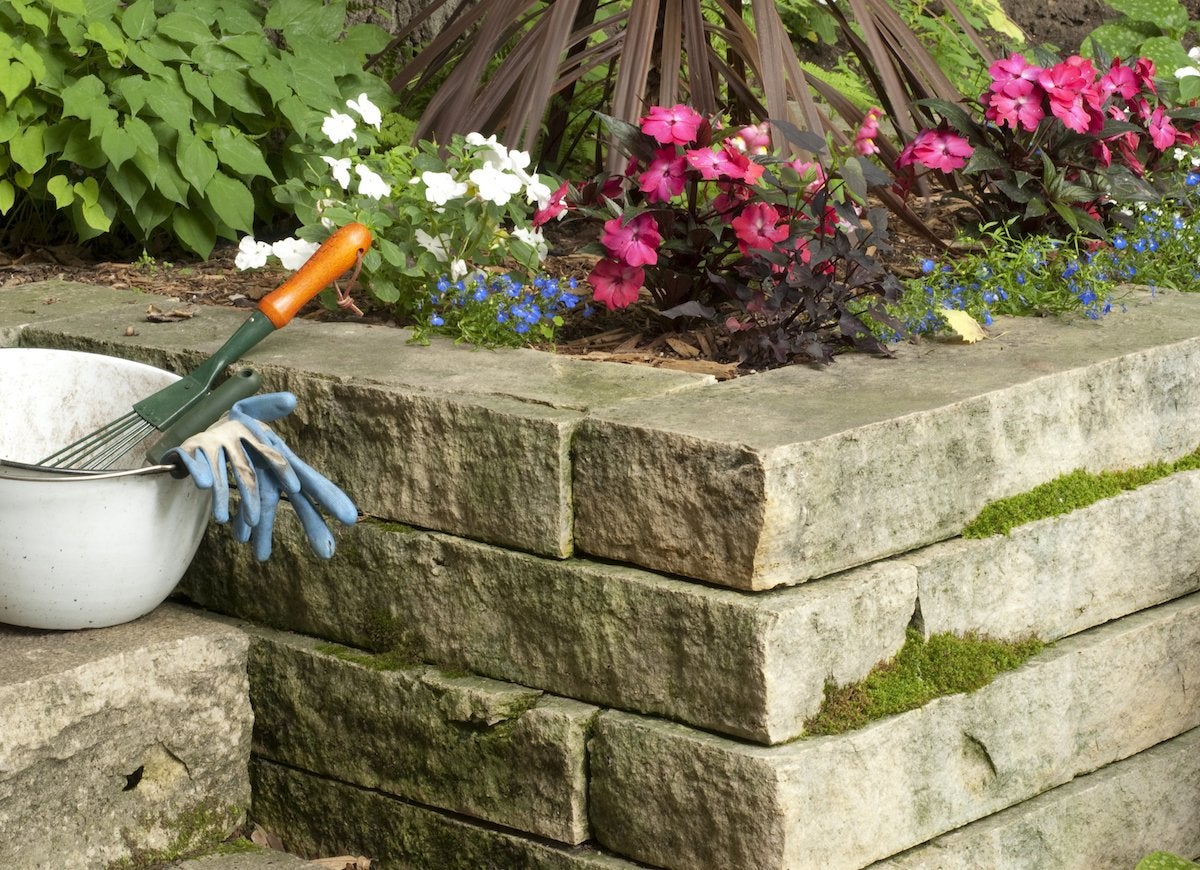
Most gardeners love to share the plants they love. Spread your favorites around: When you’re dividing things in the garden, offer to swap some with friends, family, or neighbors who are doing the same. Everyone gets to try something new and pass along the secrets to keeping each variety healthy—valuable advice you can’t find at just any garden store.
Related: Bad Neighbors: 11 Plant Pairs Never to Grow Side by Side
Divide the Plants You Have
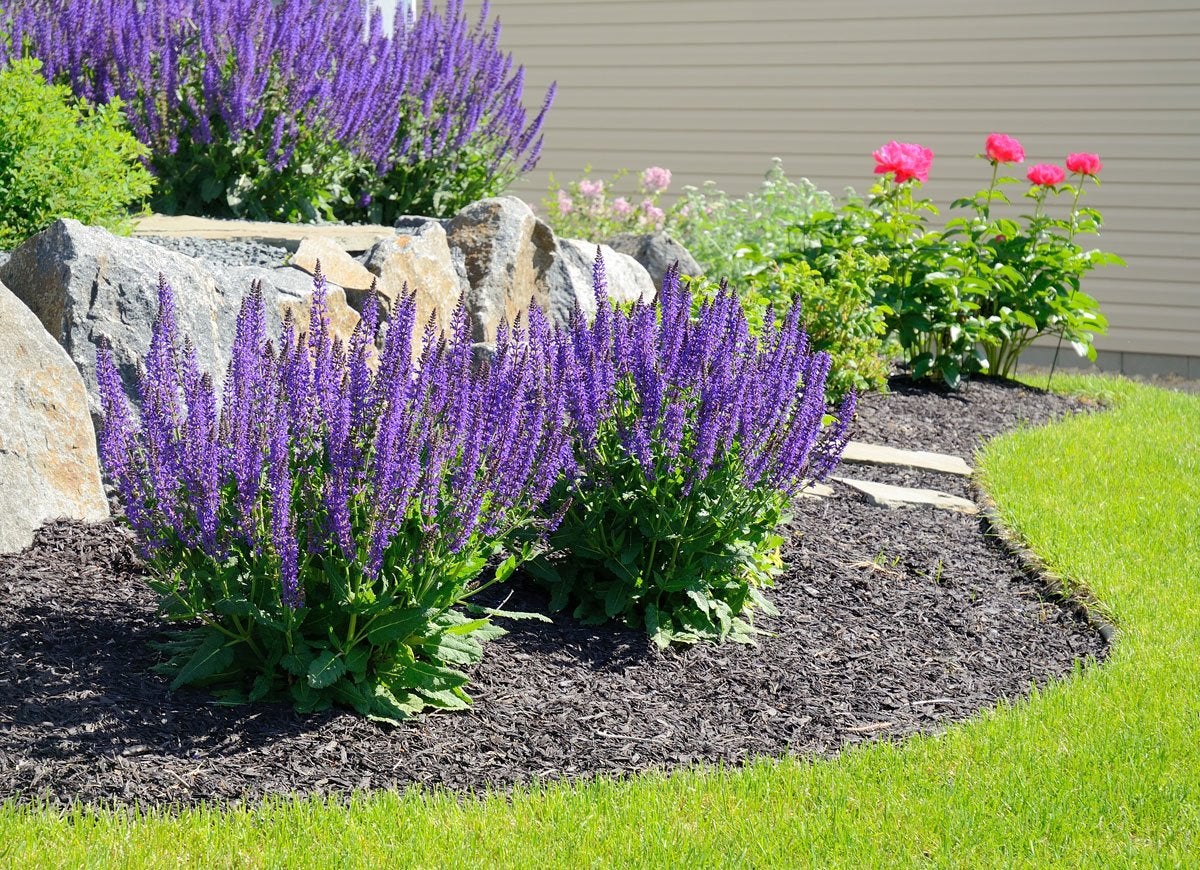
Most perennials need to be divided every couple of years to keep them healthy and flourishing. Treat the chore as a chance for you to multiply your landscape plants quickly and easily. It’s a great opportunity to take a plant that works in one corner of your garden and spread it throughout your yard.
Related: 10 Affordable Landscaping Projects You Can DIY in a Day
Make Use of Random Sprouts
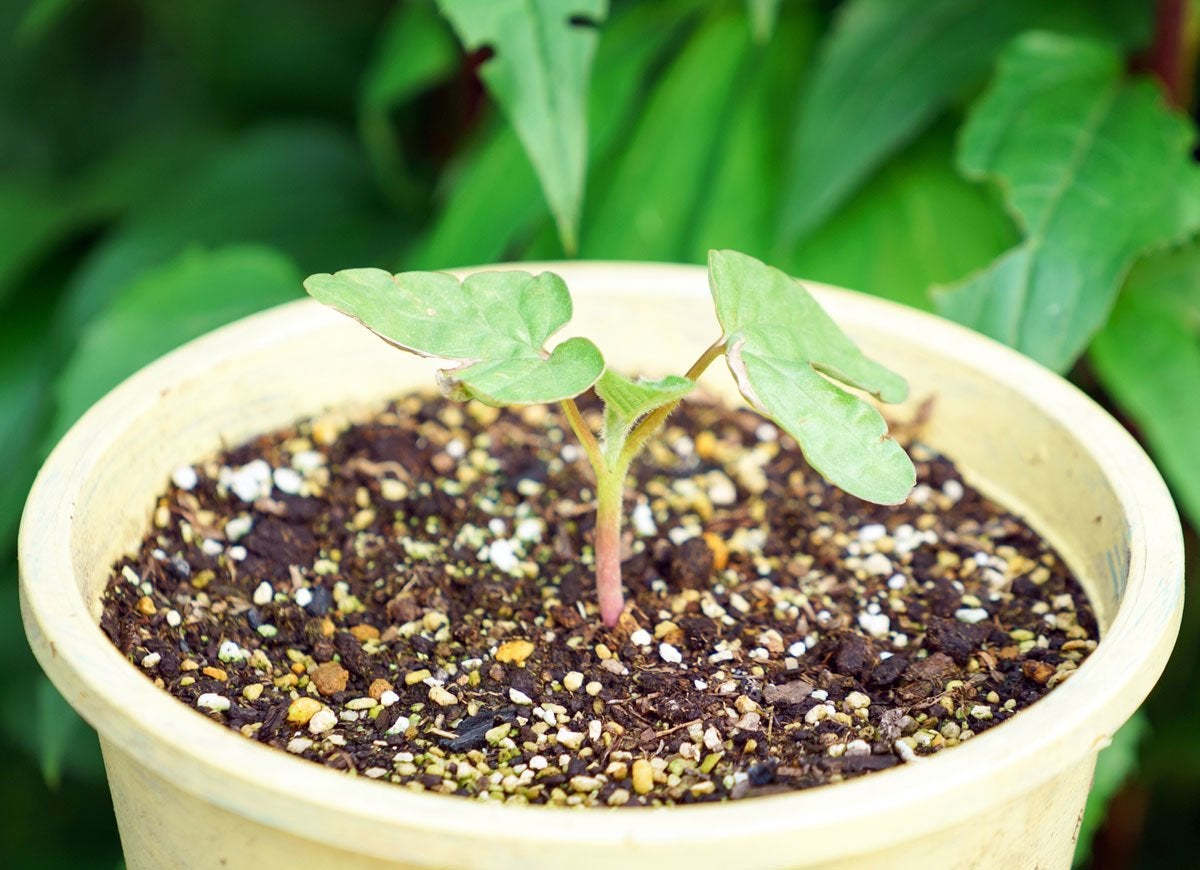
You will often find that seeds from your trees, shrubs, or other plants have sprouted in the middle of nowhere. Rather than pulling them out and throwing them away like weeds, transplant those sprouts into places where you want them, or move them into a small pot and display them on the porch or patio until they outgrow their container, then plant them in the yard.
Cultivate Cuttings
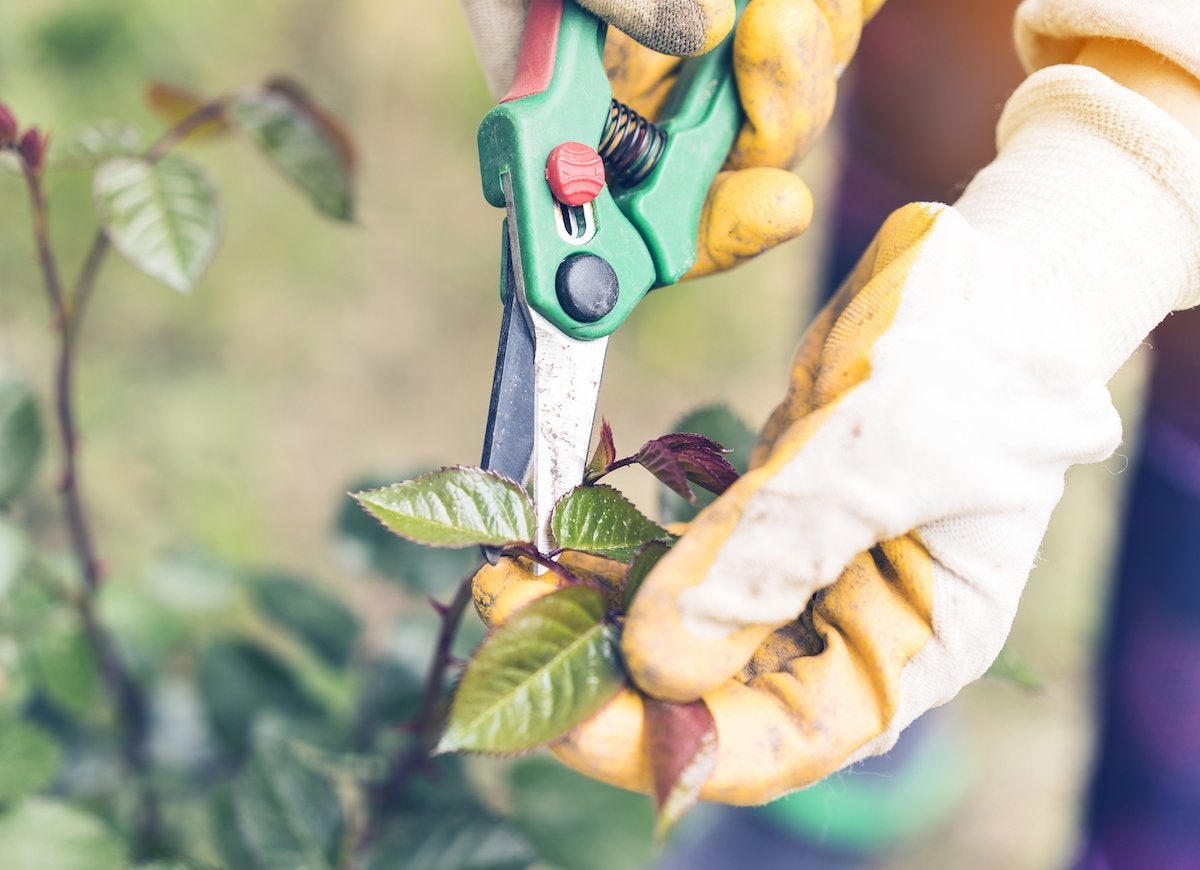
Many plants can be propagated from cuttings, and you have nothing to lose by giving it a try. If you admire a plant you see at your neighbor’s house, ask if you may take a cutting. Place the cutting in water right away and set it in a sunny window. Many plants will sprout roots in a few days. Once the roots measure at least one inch, you can move the plant into a small pot. When the plant’s roots become established—it takes about a month—it’s ready to be moved outside and planted in your garden.
Offer Digging Services
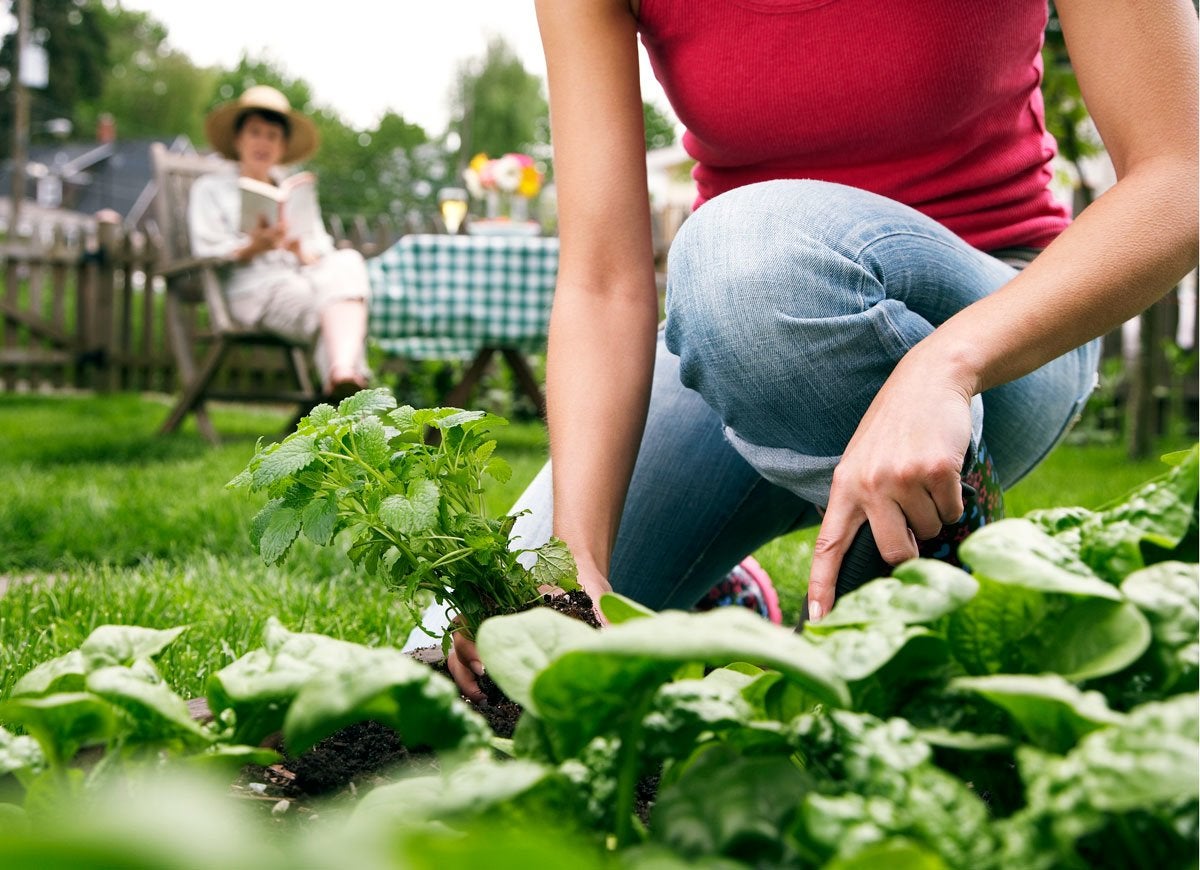
There are plenty of people who want to make changes in their landscaping but either don’t know how, or don’t want to do the grunt work. Let your friends and neighbors know that you’re willing to remove or divide plants that have gotten out of control in exchange for keeping anything you remove. In most cases, they’ll be more than happy to have you cart the extras away.
Check Out Municipal Landscaping Projects
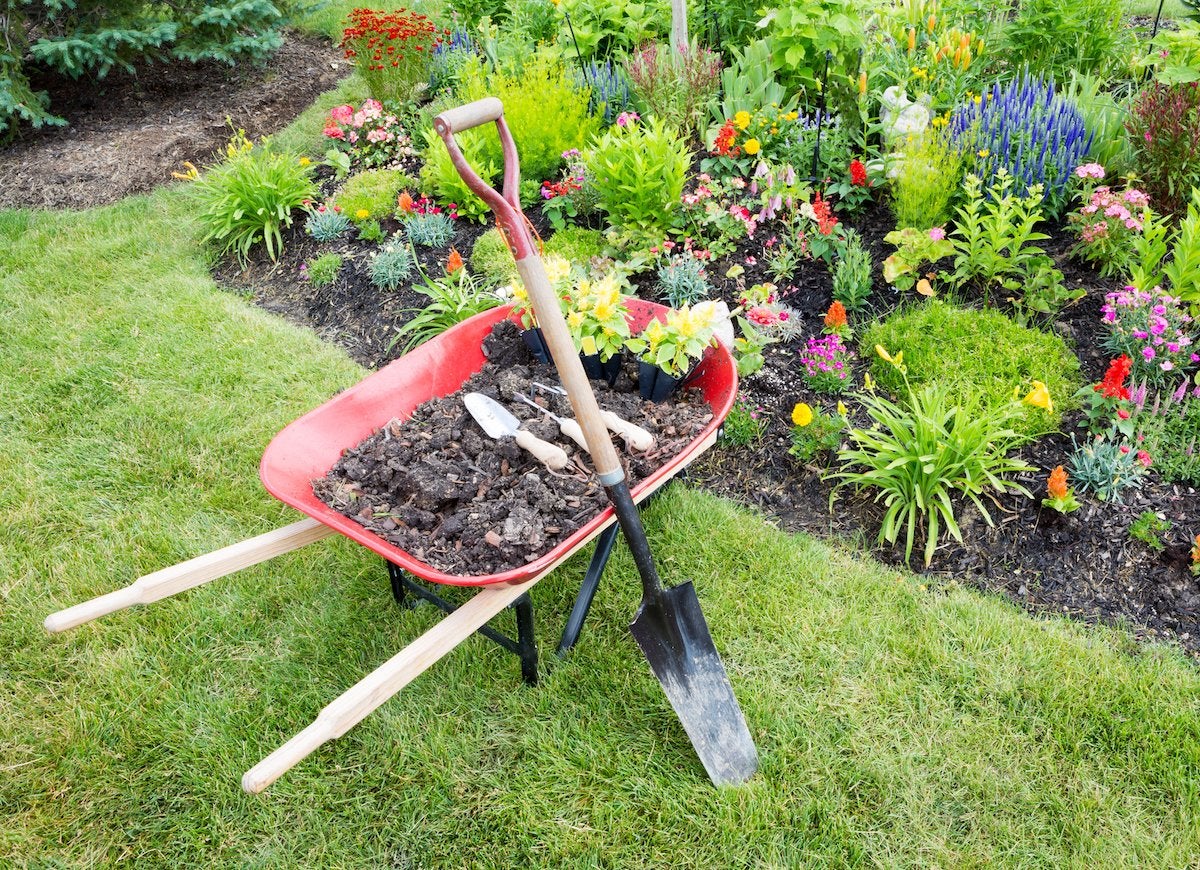
Here’s a reason to keep your city or town’s landscaping division on speed dial. Oftentimes, when towns make seasonal changes in municipal landscaping beds, the plants they remove are thrown on the trash heap. If you show up at the right time and ask nicely, you may be allowed to cart the unwanted plants away. If you score some perennials, you can pot them up or plant them straight into the ground and wait for them to come back next year.
The Nursery Infirmary

Not every plant at the nursery is the picture of health. Some suffer broken branches, dry out after repeatedly getting passed over during watering, or become stressed in some other way. To the casual observer, these plants look like bad risks and end up lingering on the sales floor. But many perennials that seem to be in dire shape have healthy roots and just need some extra TLC to spring back. Ask the manager if the store has any plants destined for the dumpster, and take a few home if they look like good candidates for nursing back to health. It’s very gratifying to see a plant you’ve given a second chance flourish in your garden.
Related: 19 “Zero Dollar” Garden Hacks
Seeing Green
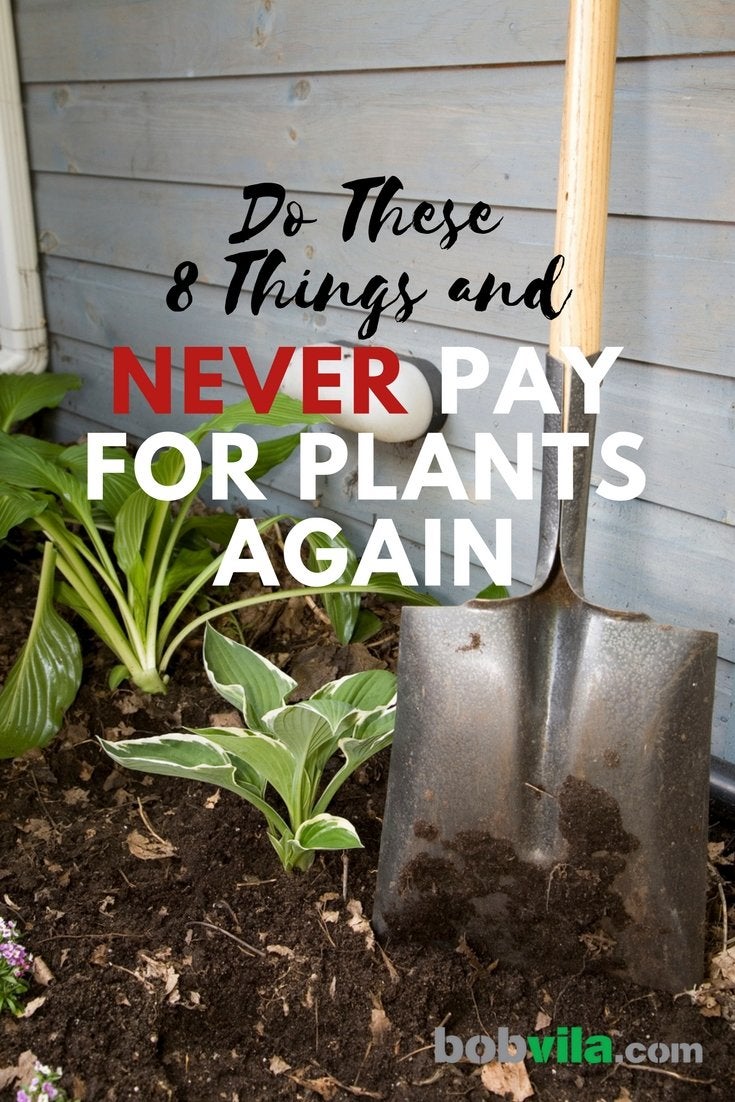
You’ll be saving green and seeing actual greens growing when you try these savvy gardening tips.
